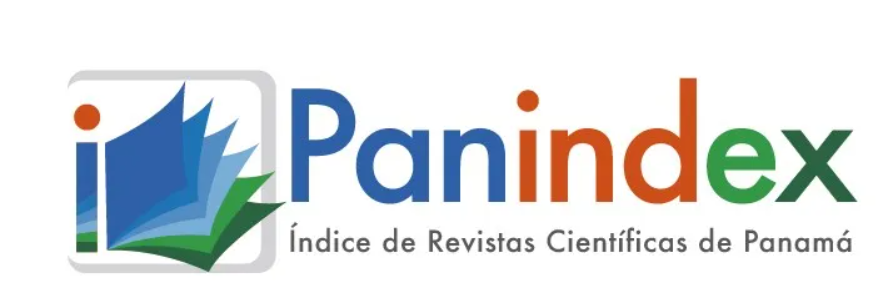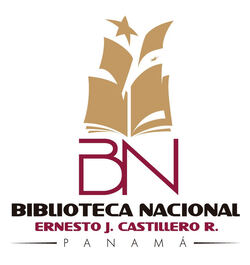The content of the publications and the links suggested in them are the sole responsibility of the authors and not of the Metropolitan University of Education, Science and Technology (UMECIT) or of the journal ORATORES. They are protected by international copyright laws as well as the logos of UMECIT AND ORATORES, hence their reproduction is totally prohibited.
This work is licensed under a Creative Commons Attribution-NonCommercial-NoDerivatives 4.0 International License.
The authors maintain the copyright and transfer the right of the first publication to the journal, with the article registered with Creative Commons Attribution-NonCommercial-NoDerivatives License, which allow others They can download the works published in this magazine and share them with other people, as long as their authorship is recognized, but they cannot be changed in any way nor can they be used commercially.
Authors are recommended to include their work in social networks such as Researchgate and institutional repositories once the article or visible fact has been published on the journal page, without forgetting to include the digital document identifier and the name of the journal.



Abstract
The current investigation focuses on analyzing the aggravating circumstances that cause the commission of the crime of aggravated fraud that lead to the sentence imposed in the new criminal process, that is, based on the intelligence investigation process, and shows to what extent the crime of aggravated fraud in criminal law, to determine whether the occurrence of two or more aggravating circumstances that cause the commission of the crime of aggravated fraud really leads to the maximum penalty for this crime. Scientifically, norms are effective when they are based on explanations that provide theoretical bases for the approaches of the general theory of crime, and the functionalist theory, when they best modify crime and contribute to fair coexistence. To do this, they must adapt to the circumstances, elements and mitigating factors that are precisely based on legislative technology. An attempt is made to answer the questions through a quantitative methodology with a descriptive and non-experimental design, which allows the application of a structured survey that is applied to specific officials who handle complaints, generally citizens who have experience in filing complaints before. the courts of aggravated fraud. From this it is concluded that when analyzing the aggravating circumstances that cause the commission of the crime of aggravated fraud that led to the penalty imposed in the new criminal process, it is concluded that there are four aggravating circumstances, which according to the data obtained are described in article 221 of the Penal Code, and that clearly describes what leads to the designation of the crime of aggravated fraud.
References
Colmenare, R. (18 de octubre de 2017). Agravantes específicas del delito de estafa. Obtenido de Colmenare Jover Abogado: https://colmenarejojoverabogados.es/agravantes-especificas-del-delito-de-estafa/
Férnández, A. (2019). Aspectos esenciales del delito de estafa en el Código Penal español. Tesis de Maestría. Universidad de Alcála. Obtenido de https://ebuah.uah.es/dspace/bitstream/handle/10017/39246/Fern%C3%A1ndez%20Mor%C3%B3n.-%20TFM%20%28versi%C3%B3n%20final%29.pdf?sequence=1&isAllowed=y
Lanzito, C. (28 de febrero de 2023). Las estafas dejaron pérdidas récord de $8,800 millones en 2022. Obtenido de AARP: https://www.aarp.org/espanol/dinero/estafas-y-fraudes/info-2023/ftc-perdidas-por-delincuencia-2022.html
Nacional, A. (2013). Código Penal de la República de Panamá . Panamá.
Otzen, T., y Manterola, C. (2017). Técnicas de muestreo sobre una población a estudio. International Journal of Morphology, 35(1), :227-232. Obtenido de https://scielo.conicyt.cl/pdf/ijmorphol/v35n1/art37.pdf
Peña, O. G. (2014). Teoría del Delito . Lima : Nomos y Thesis.
Rohall, P. (2022). Estadísticas mundiales de fraude en el robo de cuentas en 2022. Obtenido de SEON: https://seon.io/es/recursos/estadisticas-de-robos-de-cuentas-a-nivel-mundial/
Sachs, S. (22 de junio de 2022). Robo de identidad en Florida aumentó 175% desde inicio de la pandemia. Obtenido de Tampa Hoy: https://www.wfla.com/tampa-hoy/noticias-de-florida/robo-de-identidad-en-florida-aumento-175-desde-inicio-de-la-pandemia/
Torrijos, A. (18 de agosto de 2022). Qué es una estafa agravada o un delito de estafa agravado (tipo agravado de estafa). Obtenido de Legal Today: https://www.legaltoday.com/practica-juridica/derecho-penal/penal/que-es-una-estafa-agravada-o-un-delito-de-estafa-agravado-tipo-agravado-de-estafa-2022-08-18/
Vanegas, C. A. (2015). El delito de Estafa en la Legislación Penal.
Downloads
Publication Facts
Reviewer profiles N/A
Author statements
- Academic society
- Universidad Metropolitana de Educación, Ciencia y Tecnología
- Publisher
- Universidad Metropolitana de Educación, Ciencia y Tecnología



















